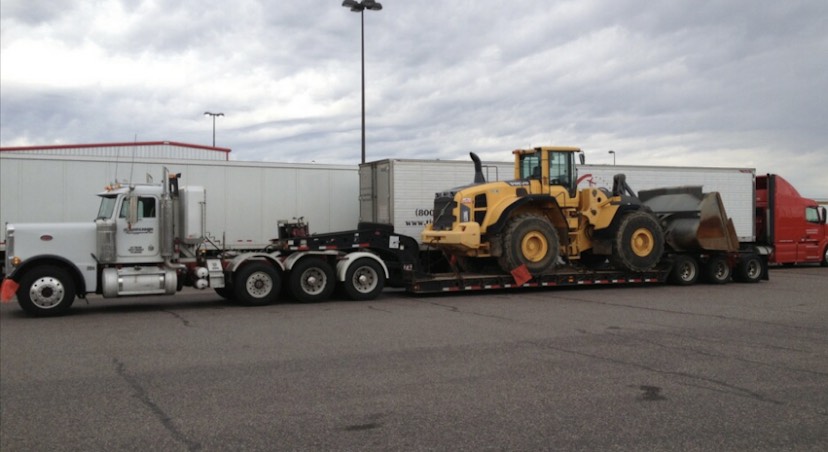
Chances are, if you are concerned in shipping heavy equipment, you have a lot invested in your attempt. Whether you are transporting equipment for an assembly line, manufacturing robots, big vehicles used for Farming or Construction, or a wafer polishing machine for a semiconductor business, you want to make sure your investment arrives in good condition. Partnering with an experienced packaging company that understands how to design and engineer for your particular needs, can go a long way toward achieving consistently successful outcomes.
When selecting a packaging partner for heavy equipment shipping, make sure you know the full specifications of your equipment transport. Size Matters – Depending on the size, shape, weight, dimensions and materials unique to your equipment, many early decisions need to be made.
Specs Matter – Once your initial decisions have been made, it continues to be important to work with a packaging partner that knows how to package large items for shipping because questions continue to rise:
These are some of the many factors to think about when you are engaged in heavy equipment shipping. To ensure that your equipment transport is successful, we suggest that you work with experts like those at LPC because:
Protect your heavy equipment investment by working with experts in equipment transport.
Shipping heavy equipment requires meticulous planning and the right expertise to ensure safe and cost-effective transportation. Choosing an experienced packaging and transport partner is critical for protecting your investment, whether it’s large machinery for construction, manufacturing, or specialized industries. Key considerations include determining the equipment’s size, weight, and shipping method (air, sea, or land), as well as ensuring proper packaging to withstand road hazards and other challenges. Collaboration with skilled riggers and subcontractors may also be necessary for dismantling and reassembling equipment. By working with experts, you can guarantee a smooth shipping process and the safe delivery of your heavy equipment.
Yes, but depending on size and cost considerations, it may be more efficient to break it down into smaller components for shipping.